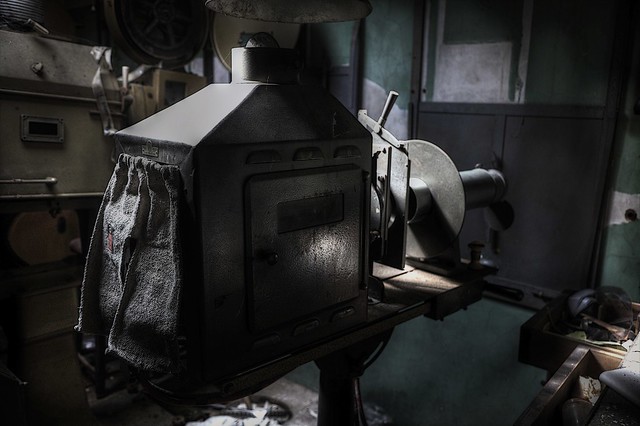The county of West Sussex provided its own asylum accommodation following the withdrawal from the union with East Sussex at the Haywards heath asylum in 1893. Graylingwell farm, former home of novelist Anna Sewell of “Black Beauty” fame and located to the north of the county town, Chichester , was purchased for the purpose of providing a site for the new asylum. The site, east of College Lane stood close to Chichester Barracks in an area later known as Summersdale.
At Graylingwell, the county commissioned well known Sir Arthur Blomfield as architect, in what was to be his sole asylum design. Development at the site was to include main and service drives with attendant lodges, a large chapel, isolation hospital, new farm buildings, detached superintendents residence and compact arrow plan main asylum building. The original farmhouse was retained and converted to accommodate private patients. Principal features of the main building included a distinctive water tower adjacent to the laundry on the female side, administration block to the north, kitchens and large recreation hall in the centre and assistant medical officer's residence to the south. Either side of the central services stood the female and male blocks (to the east and west respectively), initially consisting of three each side, with further two on the female side and one on the male side being added within a few years of opening. The buildings were constructed in soft red brick with reconstituted stonework ornamentation in classical and Queen Anne styling with much use of ornamental quoins and keystones. The roofing was principally of slate with decorative ventilation outlets. Both lodges differed in the use of render on their upper storeys and the chapel was built in flint with a red tiled roof.
Graylingwell was evacuated for the use of the military for the duration of the First World War and the inmates we redistributed amongst other asylums in the south-east . On return to civilian usage plans were put in place for construction of further buildings. These would provide an admission hospital (Summersdale), nurse's home(Pinewood), a block for female tuberculosis patients, a female convalescent villa and a villa for female working patients (Richmond and Kingsmead). Construction on this projected started in 1930 and the new structures, designed to compliment the existing building, were opened for use in 1933. With the return of war in 1939, only the admission hospital was requisitioned for emergency military use, but returned with the end of hostilities.
Graylingwell hospital was passed to the National Health Service, on its inception in 1948, by which time its inpatient capacity had exceeded 1,000. Occupational therapy departments were constructed between the chapel and administration block during the 1950's. Later extensions included the glass-box like Barnfield house to the south west of the main building, extensions to the former male and female acute blocks and changing rooms for the sports ground located to the south of the site.
During the closure of the hospital, the main building was gradually wound down, with some wards converted for administrative purposes and other areas disused. Services were then concentrated in the former admission hospital. On the official closure of the hospital in 2003 the site was renamed 9 College Lane .
Heads up to D-Kay for the info, had been on my todo list for some time, a strange site with some very modern bits to some really derelict parts.......plenty of activity as demo has started so dodging contractors and asbestos removers whilst there, a return to do the rest of the site is on the cards.........if you wanna see it be quick. Visted with Garystair and MattPhotog.
#1
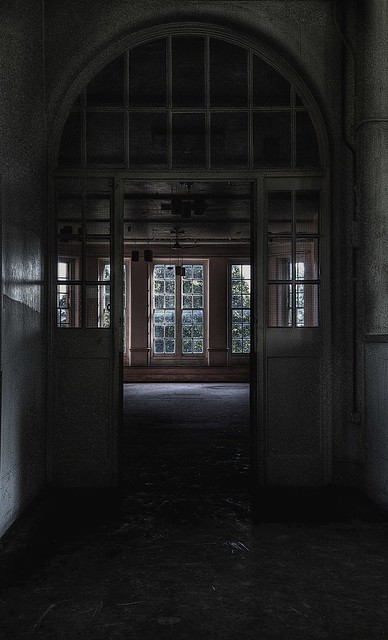
#2
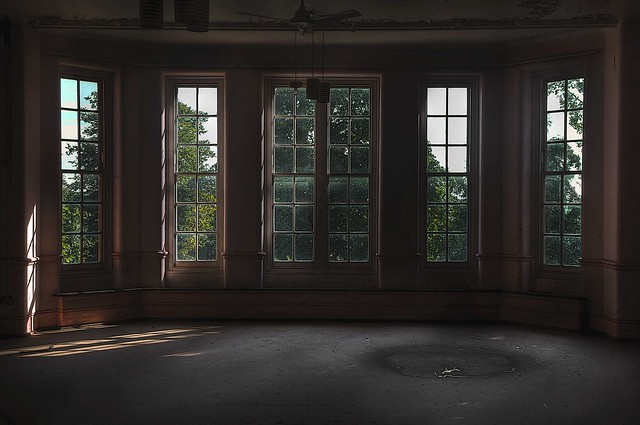
#3
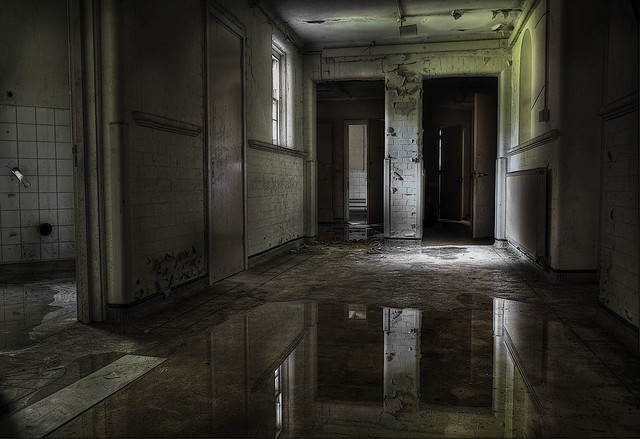
#4
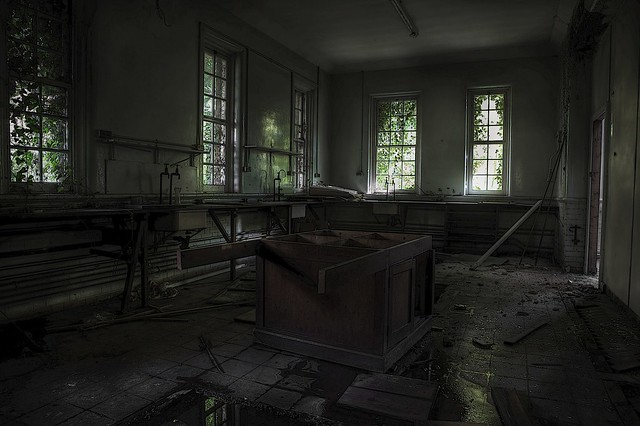
#5
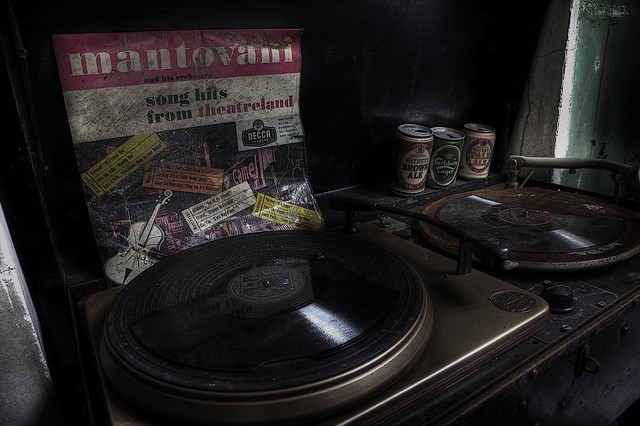
#6
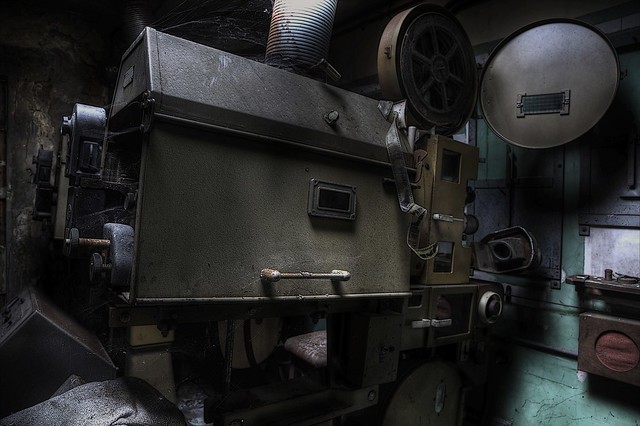
#7
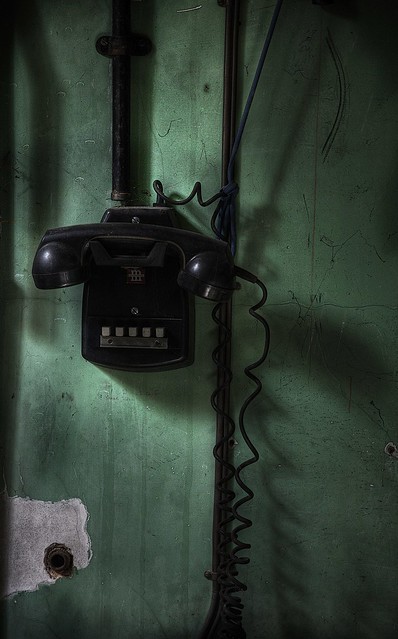
#8
